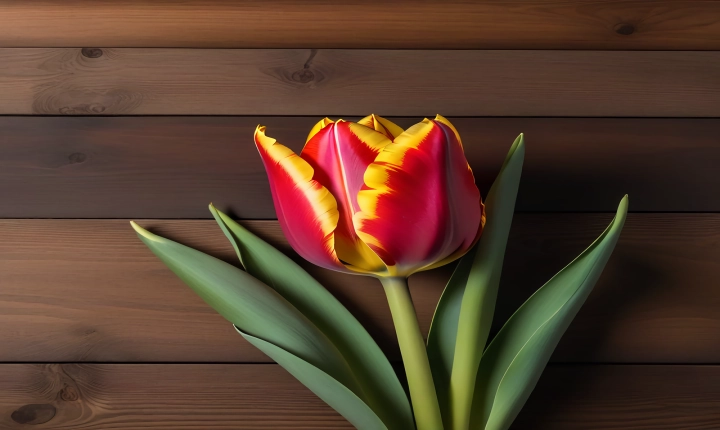Title: How to Use AI for Drawing: Exploring the Intersection of Art and Technology
The intersection of art and technology has opened up numerous opportunities for creative expression, and one of the most fascinating developments in this realm is the use of artificial intelligence (AI) for drawing. AI has become increasingly sophisticated in recent years, enabling artists to harness its power to create stunning visual art in a variety of mediums. From generating original artworks to assisting with the creative process, AI tools have the potential to revolutionize the art world. In this article, we will explore the ways in which AI can be used for drawing and how artists can leverage this technology to enhance their creativity.
1. Generative Adversarial Networks (GANs) and Style Transfer
One of the most exciting applications of AI in drawing is the use of generative adversarial networks (GANs) and style transfer techniques. GANs are a type of neural network that consists of two parts – a generator and a discriminator – that work together to create realistic and original images. Artists can use GANs to generate entirely new and unique artworks, often with striking and surreal visuals.
Style transfer, on the other hand, involves applying the visual style of one image to another, resulting in a new composition that combines elements of both. This technique allows artists to experiment with different artistic styles and create visually captivating pieces that push the boundaries of traditional art forms.
2. AI-Powered Drawing Apps
Another way in which AI is transforming the drawing process is through the development of AI-powered drawing applications. These apps often utilize machine learning algorithms to assist artists in the creation of digital artworks. For example, they can offer context-aware suggestions for brush strokes, color palettes, and composition, providing valuable guidance and inspiration to artists as they work.
Additionally, AI-powered drawing apps can help simplify the technical aspects of drawing, allowing artists to focus more on their creative vision. These tools can automate time-consuming tasks such as perspective correction, image enhancement, and background removal, freeing up artists to concentrate on their artistic expression.
3. Enhancing Creativity and Collaboration
AI also has the potential to enhance creativity and collaboration among artists. By analyzing large datasets of artworks, AI algorithms can identify patterns and trends in artistic styles, allowing artists to gain new insights into their own work and the work of others. This can inspire artists to explore new techniques and experiment with different approaches to drawing.
Furthermore, AI can facilitate collaboration among artists by providing a platform for the exchange of ideas and the co-creation of artworks. For example, AI algorithms can analyze multiple artists’ styles and generate a composite style that reflects the collective input, resulting in collaborative artworks that blend the contributions of multiple creators.
In conclusion, the use of AI for drawing represents a groundbreaking new frontier in the art world. From generating original artworks to assisting with the creative process and facilitating collaboration, AI tools have the potential to revolutionize the way artists create and express themselves. As AI continues to advance and evolve, it is exciting to consider the myriad possibilities for integrating this technology into the artistic process, unlocking new realms of creativity and innovation for artists worldwide.
